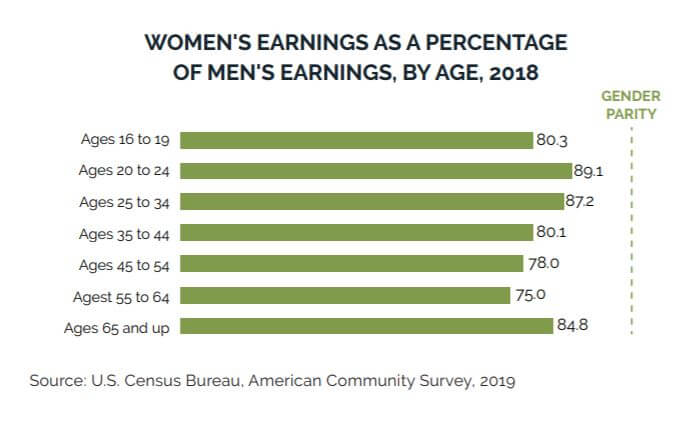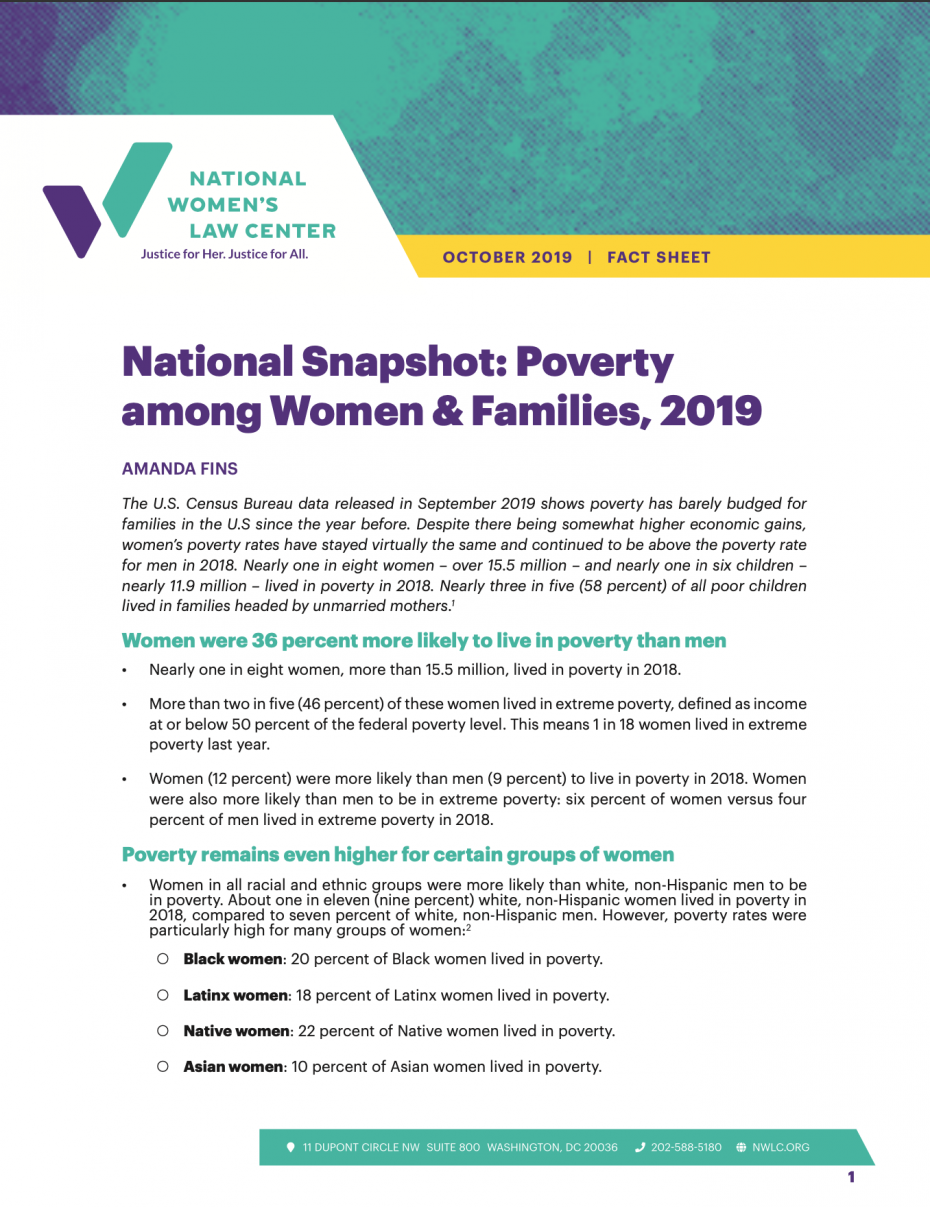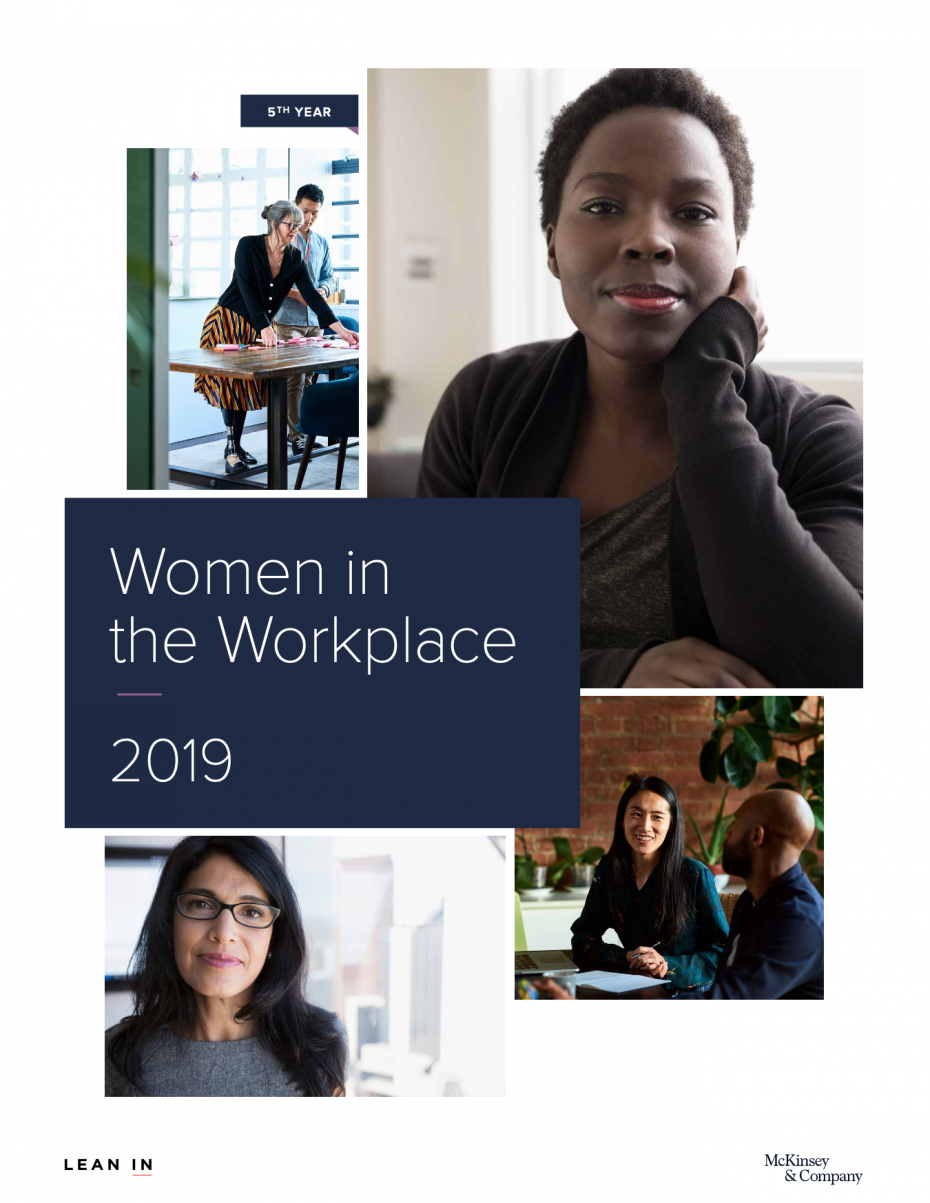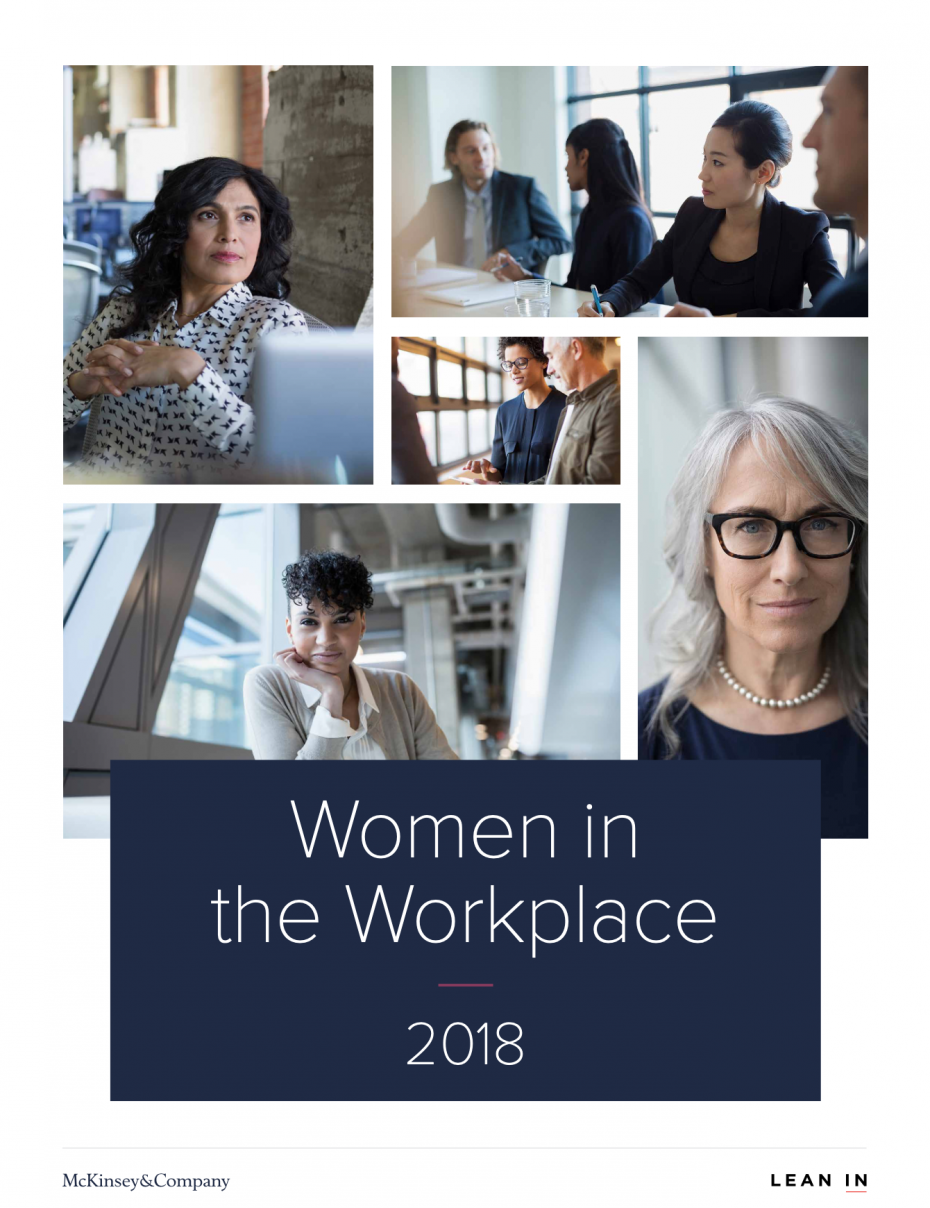This paper analyzes the state of gender equity in the American news media industry today. Sadly, many of the challenges we will describe are not new. In fact, the disservice done to society by the exclusion of women from the reporting of news was raised as early as the 18th century by women suffragists and women’s rights activists in North America as well as Europe. Women first brought a gendered analysis of the mass media to the global stage in the 1970s, when a multipart critique was presented at the 1975World Conference on Women in Mexico City, which opened the UN Decade for Women. Conference speakers stressed the importance of the global mass communications media to “change stereotyped attitudes of men and women” and “eliminate discrimination against women,” and the published report exhorted the mass communication media to “inform the population about new roles for women and their struggle for equity with men” (United Nations, 1975).
Modernizing U.S. Labor Standards for 21st-Century Families
Women now make up almost half the U.S. workforce. Despite the central role women play in the U.S. economy, our labor laws
and institutions do little to address the various ways in which women are held back at work. This not only hampers women’s
economic well-being, but also has implications for U.S. productivity, labor force participation, and economic growth. In this
paper, we propose policies aimed at boosting women’s economic outcomes: paid family leave, fair scheduling, and combatting
wage discrimination. We show how enacting carefully designed policies in these categories will better address the challenges of
today’s labor force, enhance women’s economic outcomes, and provide benefits for the national economy.
Why Men Still Get More Promotions Than Women
Though companies now invest heavily in mentoring and developing their best female talent, all that attention doesn’t translate into promotions. A Catalyst survey of over 4,000 high potentials shows that more women than men have mentors—yet women are paid $4,600 less in their first post-MBA jobs, hold lower-level positions, and feel less career satisfaction.
The Sponsor Dividend: Key Findings
Through both hard data and in-depth interviews with sponsor/protégé pairs, this research showcases the vantage point of the sponsor—including common stumbling blocks and paths to success. The Sponsor Dividend also shows how employers can intentionally build sponsorship, from the initial stages, to becoming an embedded part of company culture.
The Simple Truth about the Gender Pay Gap
Over half a century after pay discrimination became illegal in the United States, a persistent pay gap between men and women continues to hurt our nation’s workers and our national economy. “On average, women in America are paid only 82 cents for every dollar paid to men. At the current rate of progress, the pay gap will not close until 2093”.
The Immortal Life of Henrietta Lacks
Born in 1920 in Clover, Virginia, Henrietta Lacks was a poor tobacco farmer who worked the same land as her slave ancestors. In 1951, she developed a strangely aggressive cancer, and doctors at Johns Hopkins Hospital took a tissue sample without her knowledge. She died without knowing that her cells would become immortal—the first to grow and survive indefinitely in culture. HeLa cells, as they are called, were essential in developing the polio vaccine. They have aided in the development of in-vitro fertilization, cloning, and gene mapping, and have helped us to better understand the workings of cancer and innumerable viruses. Even today, HeLa is the most widely used cell line in labs worldwide, bought and sold by the billions. If you could pile all HeLa cells ever grown onto a scale, they would weigh more than fifty million metric tons—more than a hundred Empire State Buildings.
FEMALE LABOR SUPPLY: WHY IS THE US FALLING BEHIND?
In 1990, the US had the sixth highest female labor participation rate among 22 OECD countries. By
2010, its rank had fallen to 17th. We find that the expansion of “family-friendly” policies including
parental leave and part-time work entitlements in other OECD countries explains 28-29% of the decrease
in US women’s labor force participation relative to these other countries. However, these policies
also appear to encourage part-time work and employment in lower level positions: US women are
more likely than women in other countries to have full time jobs and to work as managers or professionals.
Women in the Workplace 2019
This year, 329 companies employing more than 13 million people shared their pipeline data or completed a survey of their HR practices. In addition, more than 68,500 employees were surveyed on their workplace experiences, and we interviewed women and men of different races and ethnicities, LGBTQ women and men, and women with disabilities at all levels in their organizations
for additional insights.
Our 2019 findings build on our data from the last four years, as well as similar research conducted by McKinsey & Company in 2012.
Women in the Workplace 2018
For the last four years, companies have reported that they are highly committed to gender diversity. But that commitment has not translated into meaningful progress.
Women continue to be vastly underrepresented at every level. For women of color, it’s even worse. Only about one in five senior leaders is a woman, and one in twenty-five is a woman of color.
Progress isn’t just slow—it’s stalled. And we know why.










